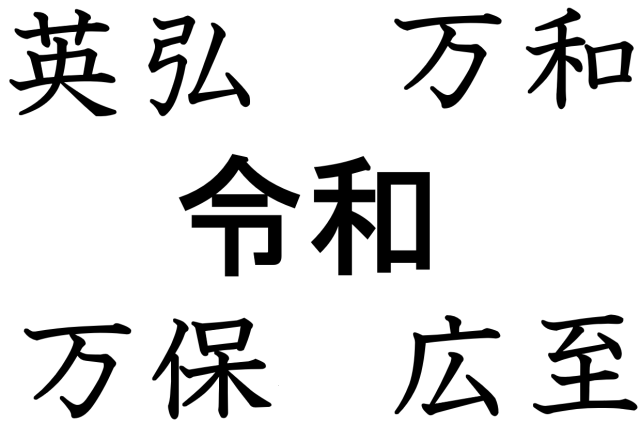
The era of orderly peace could have been the era of vast glory instead.
Next month, Japan’s Emperor Akihito is scheduled to relinquish his position to his son, Crown Prince Naruhito. As is tradition in Japan, the reign of a new emperor is accompanied by a new era name, and so on May 1 the Heisei period will end, and the new era, called Reiwa, will begin.
The Japanese government announced the new era name on the morning of April 1. Taken from the Manyoshu, the oldest collection of Japanese poetry, Reiwa is written in Japanese as 令和, composed of the kanji characters for “order/orderly” and “peace/harmony.”
However, Reiwa wasn’t the only candidate for the new era’s name. Roughly two months ago, a panel of scholars and the prime minister’s cabinet began paring down the list of potential names, and as recently as a week ago there were still six possibilities (including Reiwa) they were looking at. Four more of the final six have now been leaked, so let’s take a look at the era names we almost got before the panel settled on Reiwa.
1. Eiko
英 has a number of meanings, including “beautiful,” “glorious,” and even “flower.” 弘, meanwhile, means “wide” or “vast,” which would have made the purported hope that the Eiko period would be one of “vast glory.”
2. Banwa/Banna
In the Japanese language, most kanji can be pronounced in more than one way, and Eiko is the only one of the rejected candidates for which the specified pronunciation was also leaked. But whether this second candidate was meant to be read as Banwa or Banna, its first kanji, 万, literally means “10,000,” but is also used to signify “great,” “complete,” or “encompassing.” 和, meanwhile, is the same 和 that shows up as the second kanji of Reiwa, making Banwa/Banna “great peace” or “perfect harmony.”
3. Banho/Banbo
万 shows up once again, this time paired with 保, which means “preservation” or “security,” for an air of “great security” or “complete safety.”
4. Koshi/Koji
And finally, we come to Koshi/Koji. The first kanji, 広, once again means “wide” or “vast” (it’s the more common version of the alternate 弘 seen in Eiko), while 至 can mean “destination,” “high” or “extreme.” This makes Koshi/Koji the most abstract in meaning of the final-round cuts, but the overall effect is something akin to “great arrival,” an ambitious, if vague, sentiment for the next chapter in Japan’s history.
No reason has been given as to why these four candidates were rejected, but in the process of writing this article, one big advantage of Reiwa became apparent. Since the Japanese language has a ton of homonyms when using a Japanese word processor or phone app to type kanji, you first write the phonetic pronunciation, then select the kanji you want from a list of corresponding possibilities. However, if you enter Eiko, Banwa, Banna, Banho, Banbo, Koshi, or Koji, none of the kanji renderings proposed by the era name panel appear, forcing upon you the annoying inconvenience of rendering each kanji separately. On the other hand, type in “Reiwa,” and the era name’s corresponding kanji, 令和, are near or at the top of the list of options, and since the era that’s about to end, the Heisei era, lasted for 30 years, having a new era name that’s easy to type is going to save the people of modern Japan a lot of time.
Source: NHK News Web via Jin
Images: SoraNews24
● Want to hear about SoraNews24’s latest articles as soon as they’re published? Follow us on Facebook and Twitter!
Follow Casey on Twitter, where had he been on the panel, we would have suggested the new era be called “Taiyaki” (which is probably why he wasn’t on the panel).

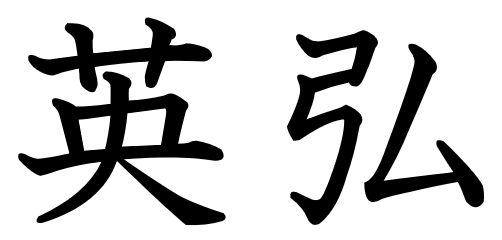
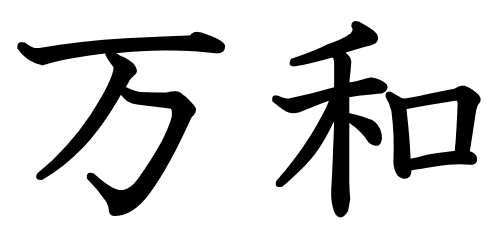
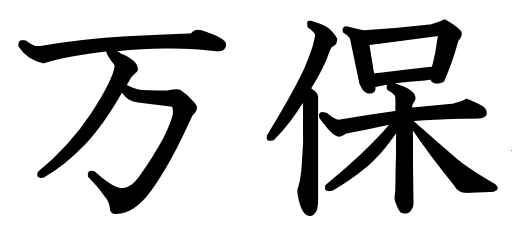
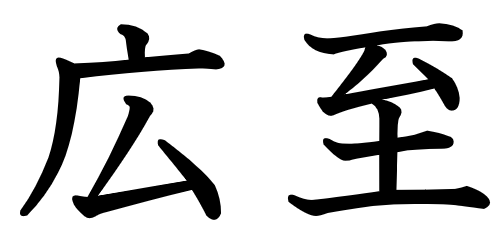
 Japan announces new era name, Reiwa, but what does it mean and why was it chosen?
Japan announces new era name, Reiwa, but what does it mean and why was it chosen? Twitter users say Japanese Prime Minister’s name is hiding in the kanji for Japan’s new era name
Twitter users say Japanese Prime Minister’s name is hiding in the kanji for Japan’s new era name End of the Heisei Era: Japanese government to announce new era name on 1 April
End of the Heisei Era: Japanese government to announce new era name on 1 April How to convert the Western calendar to Japanese Reiwa years
How to convert the Western calendar to Japanese Reiwa years Reiwa era gets anthropomorphised into a Japanese anime girl by otaku artists
Reiwa era gets anthropomorphised into a Japanese anime girl by otaku artists Japan’s new difficult-to-drink-from beer glass protects your liver, but it’s a brutal experience
Japan’s new difficult-to-drink-from beer glass protects your liver, but it’s a brutal experience How to order snacks on a Shinkansen bullet train in Japan
How to order snacks on a Shinkansen bullet train in Japan Demon Slayer: Kimetsu no Yaiba gets new roller coaster attractions and food at Universal Studios Japan
Demon Slayer: Kimetsu no Yaiba gets new roller coaster attractions and food at Universal Studios Japan New Pokémon ice cream, dessert drinks, and cool merch coming to Baskin-Robbins Japan【Pics】
New Pokémon ice cream, dessert drinks, and cool merch coming to Baskin-Robbins Japan【Pics】 Burger King Japan suddenly adds Dr. Pepper and Dr. Pepper floats to its menu nationwide
Burger King Japan suddenly adds Dr. Pepper and Dr. Pepper floats to its menu nationwide Hello, cosmetics! Clinique teams up with Hello Kitty this summer for first-time collaboration
Hello, cosmetics! Clinique teams up with Hello Kitty this summer for first-time collaboration “The most Delicious Cup Noodle in history” – Japan’s French Cup Noodle wins our heart【Taste test】
“The most Delicious Cup Noodle in history” – Japan’s French Cup Noodle wins our heart【Taste test】 To combat declining birth rate, Japan to begin offering “Breeding Visas” to foreigners
To combat declining birth rate, Japan to begin offering “Breeding Visas” to foreigners Starbucks teams up with Japanese shochu brewery for a whole new coffee experience
Starbucks teams up with Japanese shochu brewery for a whole new coffee experience Studio Ghibli releases giant Totoro plushies in Japan
Studio Ghibli releases giant Totoro plushies in Japan Nintendo history you can feel – Super NES, N64, and GameCube controllers become capsule toys
Nintendo history you can feel – Super NES, N64, and GameCube controllers become capsule toys Starbucks releases a cute Frappuccino and Unicorn Cake…but not in Japan
Starbucks releases a cute Frappuccino and Unicorn Cake…but not in Japan Kyoto Tower mascot termination reveals dark side behind cute Japanese characters
Kyoto Tower mascot termination reveals dark side behind cute Japanese characters McDonald’s Japan’s Soft Twist Tower: A phantom ice cream only sold at select branches
McDonald’s Japan’s Soft Twist Tower: A phantom ice cream only sold at select branches Yabai Ramen: What makes this Japanese ramen so dangerous?
Yabai Ramen: What makes this Japanese ramen so dangerous? Finally! Nintendo Japan expands Switch 8-bit controller sales to everybody, Online member or not
Finally! Nintendo Japan expands Switch 8-bit controller sales to everybody, Online member or not Japanese government wants to build luxury resorts in all national parks for foreign tourists
Japanese government wants to build luxury resorts in all national parks for foreign tourists 10 things you should buy at 7-Eleven in Japan
10 things you should buy at 7-Eleven in Japan Studio Ghibli releases anime heroine cosplay dresses that are super comfy to wear
Studio Ghibli releases anime heroine cosplay dresses that are super comfy to wear Woman charged for driving suitcase without a license in Osaka
Woman charged for driving suitcase without a license in Osaka Studio Ghibli unveils My Neighbour Totoro miniature house model
Studio Ghibli unveils My Neighbour Totoro miniature house model Kyoto experiencing problems with foreign tourists not paying for bus fares, but not on purpose
Kyoto experiencing problems with foreign tourists not paying for bus fares, but not on purpose Fighting mild hunger with a Japanese soda that turns into jelly in the stomach【Taste test】
Fighting mild hunger with a Japanese soda that turns into jelly in the stomach【Taste test】 Studio Ghibli’s Howl’s Moving Castle tapestry unveiled in Japan for first time
Studio Ghibli’s Howl’s Moving Castle tapestry unveiled in Japan for first time McDonald’s new Happy Meals offer up cute and practical Sanrio lifestyle goods
McDonald’s new Happy Meals offer up cute and practical Sanrio lifestyle goods Sales of Japan’s most convenient train ticket/shopping payment cards suspended indefinitely
Sales of Japan’s most convenient train ticket/shopping payment cards suspended indefinitely Sold-out Studio Ghibli desktop humidifiers are back so Totoro can help you through the dry season
Sold-out Studio Ghibli desktop humidifiers are back so Totoro can help you through the dry season Japanese government to make first change to romanization spelling rules since the 1950s
Japanese government to make first change to romanization spelling rules since the 1950s Foreigner’s request for help in Tokyo makes us sad for the state of society
Foreigner’s request for help in Tokyo makes us sad for the state of society Ghibli founders Toshio Suzuki and Hayao Miyazaki contribute to Japanese whisky Totoro label design
Ghibli founders Toshio Suzuki and Hayao Miyazaki contribute to Japanese whisky Totoro label design Doraemon found buried at sea as scene from 1993 anime becomes real life【Photos】
Doraemon found buried at sea as scene from 1993 anime becomes real life【Photos】 Tokyo’s most famous Starbucks is closed
Tokyo’s most famous Starbucks is closed Princesses, fruits, and blacksmiths: Study reveals the 30 most unusual family names in Japan
Princesses, fruits, and blacksmiths: Study reveals the 30 most unusual family names in Japan Japan announces Kanji of the Year for 2019, and it was really the only logical choice
Japan announces Kanji of the Year for 2019, and it was really the only logical choice How do you say “Happy New Era” in Japanese?
How do you say “Happy New Era” in Japanese? Say “thank you” to the Heisei era with a can of Hesei air
Say “thank you” to the Heisei era with a can of Hesei air Japanese Emperor abdication date revealed by government officials in new report
Japanese Emperor abdication date revealed by government officials in new report The one-year countdown officially begins for the end of the Heisei Era
The one-year countdown officially begins for the end of the Heisei Era “Disaster”: 2018 Kanji of the Year unveiled by Buddhist monk at Kiyomizudera temple in Kyoto
“Disaster”: 2018 Kanji of the Year unveiled by Buddhist monk at Kiyomizudera temple in Kyoto Netizens educate president of Brazil on the wonders of the anime world with hilarious results
Netizens educate president of Brazil on the wonders of the anime world with hilarious results Japanese government proposes driver’s license change to make them easier for foreigners to read
Japanese government proposes driver’s license change to make them easier for foreigners to read Japanese Emperor’s abdication date to be decided next month, expected later than initial reports
Japanese Emperor’s abdication date to be decided next month, expected later than initial reports Japanese Emperor’s abdication date set, end of Heisei era now officially on the horizon
Japanese Emperor’s abdication date set, end of Heisei era now officially on the horizon Does Reiwa Beer capture all the fun and excitement of entering a new era?
Does Reiwa Beer capture all the fun and excitement of entering a new era? Japanese newspapers announcing the new “Reiwa” era are being auctioned online for high prices
Japanese newspapers announcing the new “Reiwa” era are being auctioned online for high prices Japanese government to outlaw carrying unbound knives on trains starting next year
Japanese government to outlaw carrying unbound knives on trains starting next year Pokémon GO player claims his in-game snapshot shows Japan’s new emperor and Pikachu together
Pokémon GO player claims his in-game snapshot shows Japan’s new emperor and Pikachu together New famous food of Akihabara! Reiwa garlic chive ramen is delicious two times per meal
New famous food of Akihabara! Reiwa garlic chive ramen is delicious two times per meal
Leave a Reply